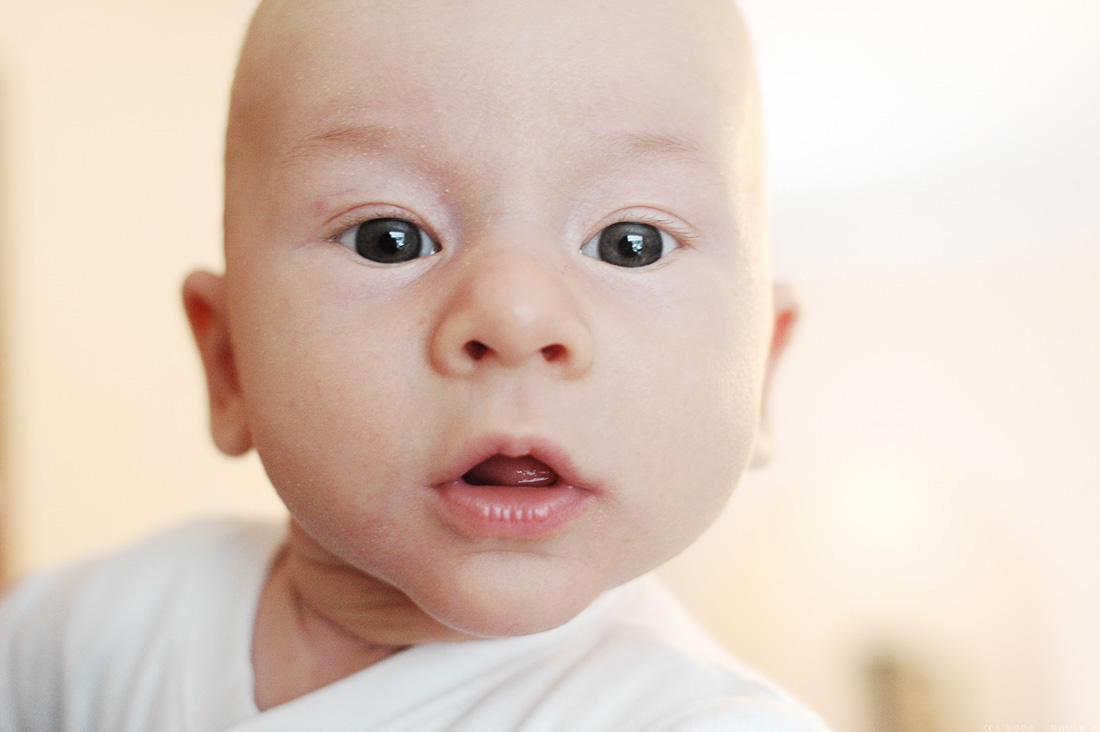 Psychology
Psychology
How babies learn what we want
Every day, we interpret the actions of other people in terms of what they want and how hard they’re willing to try.This ability appears to emerge early in development: Like us, babies use the amount of effort someone spends towards a particular goal to infer how much the person values that goal.Foundational abilities like these may support our lifelong capacity to learn about and from other minds.

When someone reaches on tiptoes for the cookie jar, ignoring the baby carrots on her plate, we see more than a literal act of reaching: We understand the beliefs, desires, and motivations that lead to the action in the first place. Research from developmental psychology shows that in the first year of life, babies understand that people have goals, and that their actions cost them something. However, it is unclear whether babies think about these two ideas--cost and reward--together, and whether they rely on general, abstract variables like force, work, value, and desire in their understanding of the social world.
In a new paper recently published in the journal Science, we found that 10-month-old babies can learn how much someone values a particular goal by observing how much effort the person is willing to spend towards it. To test our research questions, we first showed babies animated movies where an "agent", a spherical character with large eyes and a smiling mouth, spent more effort on one goal than another. For example, in one study, the agent jumped a little wall but declined to jump a medium wall to reach one goal (a blue character), and jumped a medium wall but declined to jump a high wall to reach the other goal (a yellow character).
The question posed to babies was: Which goal, blue or yellow, does the agent prefer? To ask this question, babies were then shown a scene in which the agent could choose between the two goals, at equal cost, with no obstacles in the way. Infants looked longer when the agent chose the goal that it spent less effort on previously: a sign that they were surprised by this outcome.
But did babies actually understand the physical work that went into the agent's actions? In other experiments, new groups of babies watched similar movies except that the obstacles varied. For example, instead of walls, babies saw the agent climb inclined ramps, and jump across cliff-like gaps, making it so that features of the agent's action (jump height, width, velocity, and so on) varied across experiments. Babies responded similarly, looking longer when the agent made a choice that was inconsistent with its previous effort. This suggests that babies were reasoning about something deeper and more abstract than simpler features like path length. One possibility is that babies understand the overt actions of people in terms of concepts like physical work and cost, and desire and value, similar to the ideas proposed in early theories of physics and economics.
The foundation of our commonsense physical and psychological knowledge -- our understanding of how objects fall, bump, and splash, and our understanding of how people think, feel, and act -- has long fascinated philosophers, economists, and psychologists. Our findings contribute three key ideas to these age-old questions. First, the ability to reason about people's desires and efforts from their actions traces back to the first year of life. Second, infants, like adults, understand the concrete, physical events that they observe (e.g. a hand reaching for the cookie jar) in terms of abstract, interconnected variables (e.g. a goal that is worth the effort). This may help to account for the most striking capacity observed in young children: their ability to learn and thrive in the many rich and variable environments that humans create and inhabit. These early-emerging abilities may enable this intelligence. Third, in the age of artificial intelligence and endeavors to build technologies that learn and think like we do, we suggest that the foundational software for human-like intelligence has already been developed: it resides in the mind of every child that learns so much, so quickly.
Original Article:
S. Liu, T. D. Ullman, J. B. Tenenbaum, E. S. Spelke, Ten-month-old infants infer the value of goals from the costs of actions. Science 358, 1038 (2017)Next read: Gut bacteria drive yo-yo dieting by Eran Elinav
Edited by:
Massimo Caine , Founder and Director
We thought you might like
Sleeping bacteria survive antibiotic treatment and hijack the host immune system
May 6, 2019 in Microbiology | 3.5 min read by Daphne Stapels , Peter HillCapturing the past using DNA from Sacred Ibis Mummies
Jul 6, 2020 in Evolution & Behaviour | 3.5 min read by Sally Wasef , David LambertAgriculture and climate change driving worldwide insect declines
Aug 2, 2023 in Earth & Space | 3 min read by Peter McCannMore from Psychology
Sharing a political ideology predicts more similar brain activity
Sep 1, 2023 in Psychology | 3.5 min read by Daantje de Bruin , Oriel FeldmanHallHow do people see, simplify, and solve problems?
Aug 25, 2023 in Psychology | 3.5 min read by Mark HoWomen are human too, but not according to the internet
Jul 21, 2023 in Psychology | 4 min read by April BaileyDeaf to arguments? How conspiracy beliefs shape opposition to wind farms
Jun 12, 2023 in Psychology | 3 min read by Kevin WinterCan Training Make Policing Fairer and More Effective?
May 22, 2023 in Psychology | 3 min read by David Weisburd , Cody TelepEditor's picks
Trending now
Popular topics


